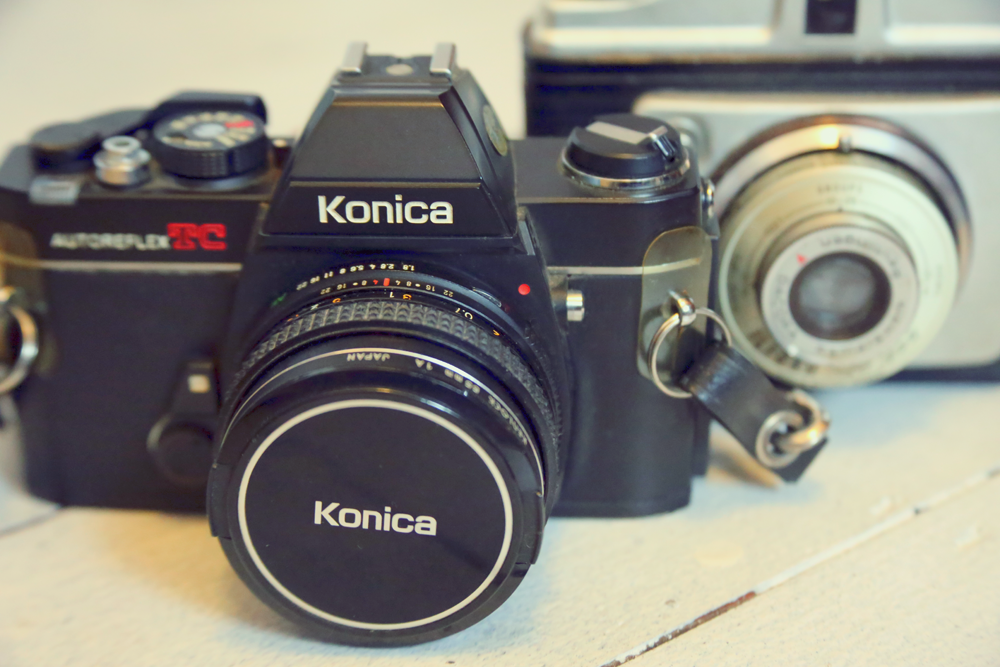
What You Need To Know About…Andreas Gursky
In a series of features, Photography At Auction will be exploring the practitioners who have created some of the most expensive photographs to have ever sold at auction. This first instalment brings a succinct profile of Andreas Gursky, who is one of the most popular artists to have work sold for over $1 million, and whose print Rhine II is currently the most expensive photograph ever sold at auction.
Profile
Born 15th January 1955 in Leipzig, East Germany.
Best known for Rhein II, the most expensive photograph to sell at auction.
Work
Fotografien 1984-1993, 1994
Images, 1995
Fotografien 1994-1998, 1998
Currents 27, 1998
Retrospektive 1984-2007, 2008
Andreas Gursky ‘Not Abstract’, 2016
Influences
Trained at the Kunstakademie, Dusseldorf, with Hilla and Bernd Becher, whose vast typology of industrial architecture using ‘straight’ photography, which focuses on subjects in a flat, catalogue style.
Influenced by British landscape photographer John Davies, who also photographs from high vantage points, with highly detailed images.
At Auction
Rhein II 1999. Chromogenic colour print. Sold at Christie’s New York in November 2011: $4,338,500
99 Cent II Diptychon 2001. Chromogenic colour print. Sold at Sotheby’s London in February 2007: $3,346,456
Chicago Board of Trade III 1999. Chromogenic colour print. Sold at Sotheby’s London in June 2013: $3,298,755
Los Angeles 1998. Chromogenic colour print. Sold at Sotheby’s London in February 2008: $2,900,000
Other
Most of Gursky’s prints come in a limited edition of six prints. This small number of prints makes Gursky’s work rare, and therefore increases the interest of investors who want unique works of art. Gursky’s prints are considered highly valuable, attributing to the 8 prints sold at auction for over $1 million.
Andreas Gursky shares a studio with several well-known photographers: Thomas Ruff, Laurenz Berges, and Axel Hutte.
What you need to know
Andreas Gursky photographs individual works using large format cameras. These are analogue photographs taken on colour film, which are then developed, then scanned so that the images can be manipulated digitally. Gursky does not create bodies of work with any particular concept, refraining from creating a photographic series, and instead focusing on individual photographs. Every few years Gursky exhibits and publishes these photographs in exhibitions and catalogues as a collection of recent works. Gursky’s personal style is large, highly detailed prints of various landscapes, from interiors of shops, stock exchanges, landscapes in nature and warehouses.
View Gursky’s work at his official website here
7 thoughts on “What You Need To Know About…Andreas Gursky”
Comments are closed.